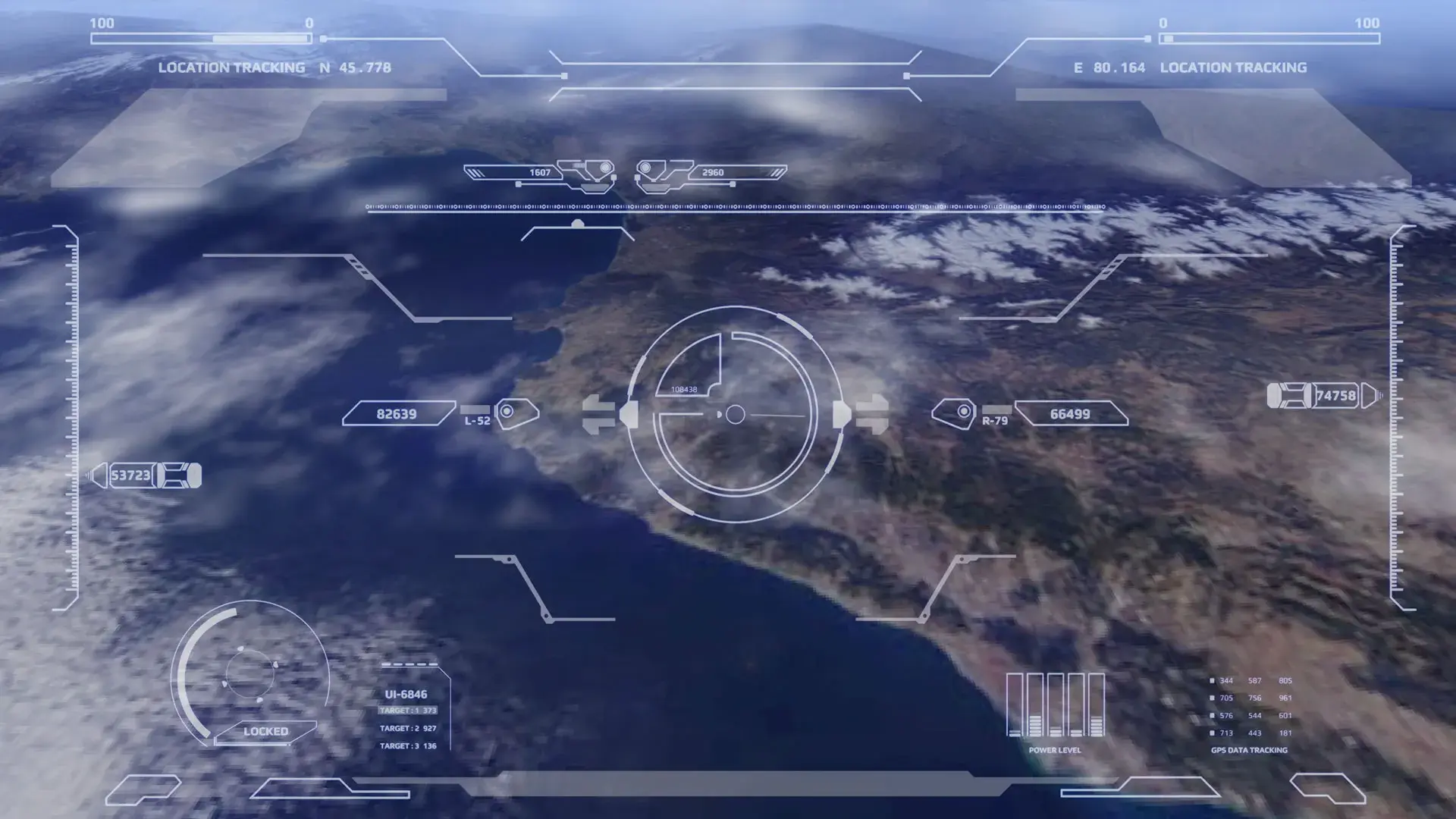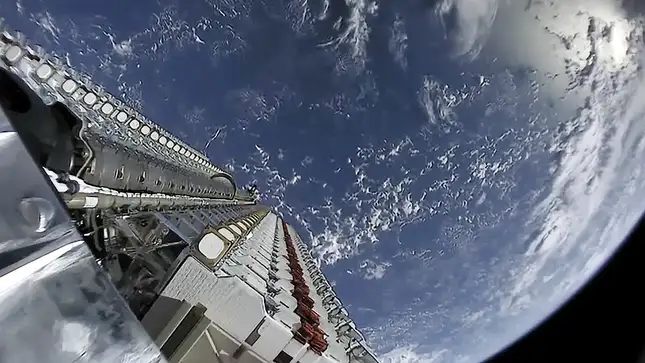
SpaceX’s Spy Satellites: When it comes to innovation and pushing the boundaries of technology, there is one name that stands out: Elon Musk. Known for his groundbreaking ventures such as Tesla and Neuralink, Musk has now set his sights on revolutionizing the spy satellite industry with SpaceX. In this article, we will delve into the world of danatoto spy satellites, explore the current state of technology, and uncover the key features and benefits of SpaceX’s revolutionary spy satellite network.

Contents
- 1 The Need for Spy Satellites
- 2 What are Spy Satellites?
- 3 The Current State of Spy Satellite Technology
- 4 SpaceX’s Revolutionary Spy Satellites Network
- 5 Key Features and Benefits of SpaceX’s Spy Satellites Network
- 6 How SpaceX’s Spy Satellite Network is Different from Traditional Systems
- 7 Challenges and Potential Obstacles for SpaceX’s Spy Satellites Network
- 8 Implications and Potential Applications of SpaceX’s Spy Satellites Network
- 9 The Future of Spy Satellite Technology with SpaceX
- 10 Author
The Need for Spy Satellites
In an increasingly interconnected world, the need for surveillance and intelligence gathering has become paramount. Governments and organizations around the globe rely on spy satellites to gather valuable information about potential threats, monitor activities of interest, and ensure national security. Spy satellites provide a bird’s-eye view of the Earth’s surface, enabling real-time monitoring of both land and sea. With the rise of global conflicts and technological advancements, the demand for more advanced spy satellite systems has never been greater.
What are Spy Satellites?
Spy satellites, also known as reconnaissance satellites, are orbiting spacecraft equipped with high-resolution cameras and sensors that capture images and data from space. These satellites are designed to operate covertly, capturing information without being detected by ground-based radar systems. Spy satellites come in various sizes and configurations, ranging from small microsatellites to larger, more powerful satellites capable of capturing detailed images from hundreds of miles above the Earth’s surface.
The Current State of Spy Satellite Technology
The current state of spy satellite technology is a delicate balance between capability and limitations. While modern spy satellites have made significant advancements in terms of resolution, agility, and data transmission, there are still several challenges that need to be overcome. One of the primary limitations is the size and weight of traditional spy satellites, which restricts the number of satellites that can be deployed and the coverage they can provide. Additionally, the cost of building and launching these satellites is prohibitively high, making it difficult for many countries and organizations to establish their own spy satellite networks.
SpaceX’s Revolutionary Spy Satellites Network
Enter SpaceX, Elon Musk’s aerospace company that has made a name for itself with its reusable rocket technology and ambitious plans for interplanetary travel. SpaceX aims to disrupt the spy satellite industry with its revolutionary satellite network, offering a cost-effective and efficient solution to address the limitations of traditional systems. The key idea behind SpaceX’s spy satellite network is to deploy a constellation of small satellites in low Earth orbit (LEO). These satellites, known as Starlink, are designed to provide global internet coverage, but they can also be repurposed for surveillance and intelligence gathering.

Key Features and Benefits of SpaceX’s Spy Satellites Network
SpaceX’s spy satellite network offers several key features and benefits that set it apart from traditional systems. Firstly, the use of small satellites allows for greater flexibility and scalability. Instead of relying on a few large satellites, SpaceX’s network can deploy hundreds or even thousands of smaller satellites, providing comprehensive coverage and redundancy. This also enables quicker deployment and replacement of satellites, ensuring uninterrupted service. Secondly, the cost of building and launching these small satellites is significantly lower compared to traditional systems, making it more accessible to a wider range of countries and organizations. Lastly, the use of SpaceX’s reusable rocket technology further reduces costs, as the rockets can be recovered and reused for future launches.
How SpaceX’s Spy Satellite Network is Different from Traditional Systems
What sets SpaceX’s spy satellite network apart from traditional systems is its unique approach to deployment and operation. Unlike traditional satellites that are placed in geostationary orbit or higher altitudes, SpaceX’s satellites operate in low Earth orbit (LEO). This lower altitude allows for faster data transmission and reduced latency, making real-time surveillance and intelligence gathering more feasible. Additionally, the small size and low cost of SpaceX’s satellites enable rapid deployment and replacement, ensuring a constantly updated and reliable network of spy satellites.
Challenges and Potential Obstacles for SpaceX’s Spy Satellites Network
While SpaceX’s spy satellite network holds great promise, there are several challenges and potential obstacles that need to be addressed. One of the main concerns is the risk of space debris. With an increasing number of satellites in orbit, the likelihood of collisions and the creation of debris fields becomes a significant concern. SpaceX, along with other companies and organizations, will need to work closely with space agencies to develop effective debris mitigation strategies. Another challenge is the potential for interference and jamming from adversaries. As spy satellites become more advanced, there is a growing need to protect these systems from cyber attacks and other forms of interference.
Implications and Potential Applications of SpaceX’s Spy Satellites Network
The implications and potential applications of SpaceX’s spy satellite network are vast. From military intelligence and surveillance to disaster response and environmental monitoring, the capabilities of this network extend beyond national security. With a global coverage and real-time data transmission, SpaceX’s network can provide valuable insights and improve decision-making processes across various industries. Additionally, the cost-effectiveness and scalability of the network make it accessible to developing countries and organizations that previously did not have the means to establish their own spy satellite systems.

The Future of Spy Satellite Technology with SpaceX
In conclusion, SpaceX’s revolutionary spy satellite network has the potential to reshape the spy satellite industry. With its cost-effective and scalable approach, SpaceX is poised to provide comprehensive global coverage and real-time surveillance capabilities. While there are challenges to be overcome, the benefits and implications of this network are immense. As technology continues to advance and SpaceX pushes the boundaries of what is possible, the future of spy satellite technology looks brighter than ever before.
SpaceX’s revolutionary spy satellite network is setting a new benchmark in global surveillance and intelligence capabilities, promising to transform the way we gather and interpret data from above. If you found this exploration of spy satellite technology insightful, we invite you to delve further into our analysis of today’s pressing issues by considering our article on the Property Crisis. It’s another compelling read that sheds light on challenges and opportunities in the real estate sector, echoing the innovative spirit of tackling complex global concerns.






